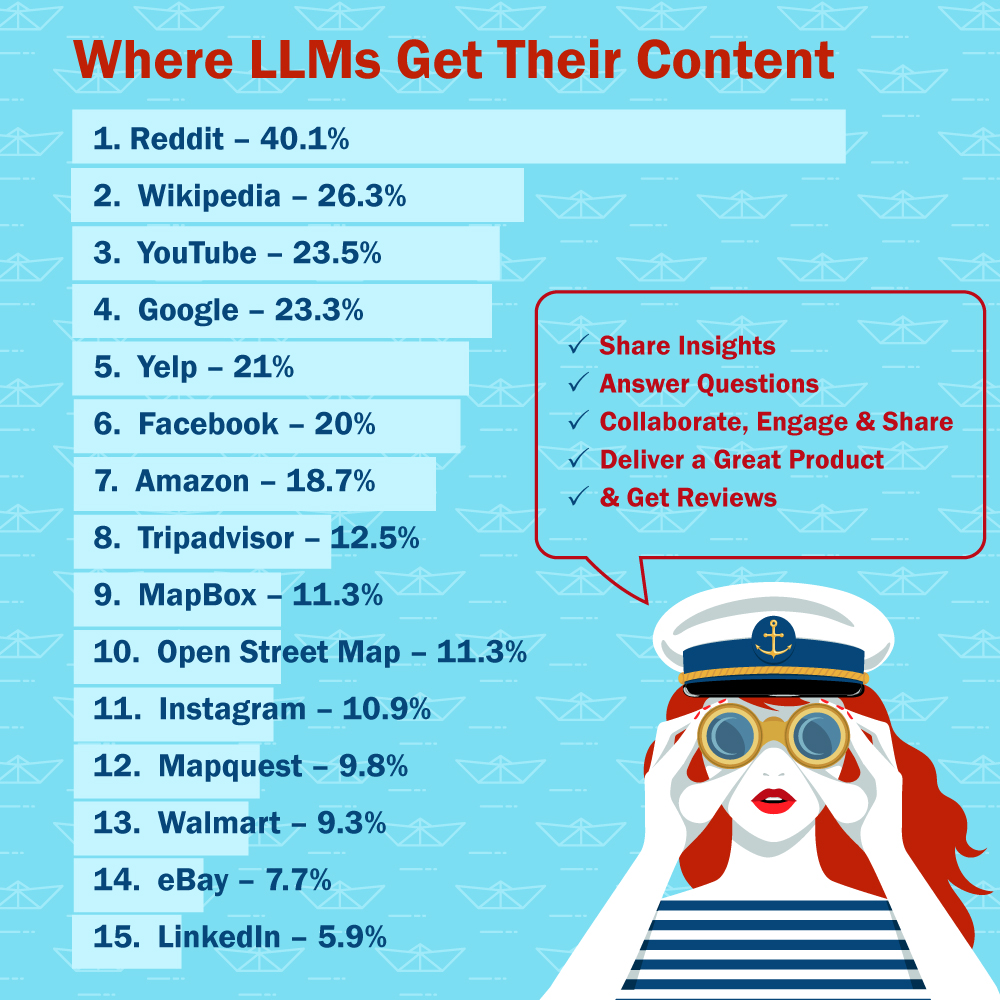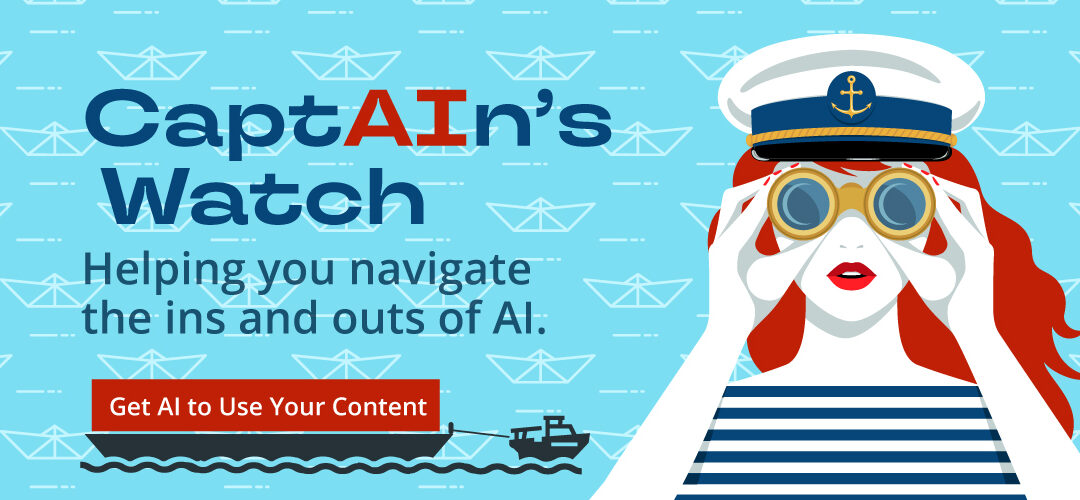So you want your content to get picked up by AI searches. Now what? Here’s a step-by-step guide to help you update your existing assets — be it your website, YouTube, and other channels — as well as explore third-party collaborations to help you get picked up by AI.
First, What Are the Core Differences Between SEO and AIO?
SEO
Keyword saturated content, organized as a hierarchy of related phrases.
- All About Competition / Out-Ranking
- Keywords are focus
- Written for bots
- Use search index and page rank algorithms
- Serves up a list of websites for user to find answers/continue researching
- Quantity more important than quality content
AIO
Clear, concise, contextual content that promotes an answer, best organized as topic hubs with details in sub pages.
- All About Collaboration and Context
- Providing the best answer is focus
- Written for people
- Crawls the web for answers (not just search engines)s
- Delivers the best answer
- All about simplicity and quality content
Top Places LLMs Like ChatGPT and Perplexity Pull Content
There is so much here! Digesting this data will be a separate blog post altogether with recommendations. In short, share your insights, answer questions, collaborate, deliver a great product, and get reviews to get your content in these primary sources.

Reddit – 40.1%
Wikipedia – 26.3%
YouTube – 23.5%
Google – 23.3%
Yelp – 21%
Facebook – 20%
Amazon – 18.7%
Tripadvisor – 12.5%
MapBox – 11.3%
Open Street Map – 11.3%
Instagram – 10.9%
Mapquest – 9.8%
Walmart – 9.3%
eBay – 7.7%
LinkedIn – 5.9%
Phase 1: Web-Related Strategies – Content
#1 – Pick three of the top sources that make the most sense for your business. Start engaging, getting customer reviews, and/or optimizing your content/listings to boost your credibility. You may need to pay to play.
#2 – Make sure your website content has clarity: descriptive headers, bullets, short paragraphs.
#3 – Include summaries, stat blocks, quotes, FAQs.
#4 – Get listed in any relevant directories/lists. Again, you may need to pay to play.
#5 – Ask customers/partners to write reviews on App Exchange, Google, Yelp, and other directories.
#6 – Start engaging and collaborating everywhere you can.
Phase 2: Web-Related Strategies – Optimization
#7 – Add SEO – Title, description, keywords on all key pages.
#8 – Feed content to AI providers.
#9 – Crosslink related website content and link to other sites as applicable.
#10 – Create concept overviews – lists, reviews, tools, checklists instead of individual topics. (Perfect for blog topics!)
How I can help
If you need help identifying and implementing your AI content strategy, let’s connect. I am your go-to marketing expert and can help you navigate the complexities of AI, how to leverage it, and when to augment it. When you hire one — instead of a separate marketer, designer, writer, and project manager — the savings add up!
Have questions? Contact us today.
Connect with us to get your project started.


Recent Comments